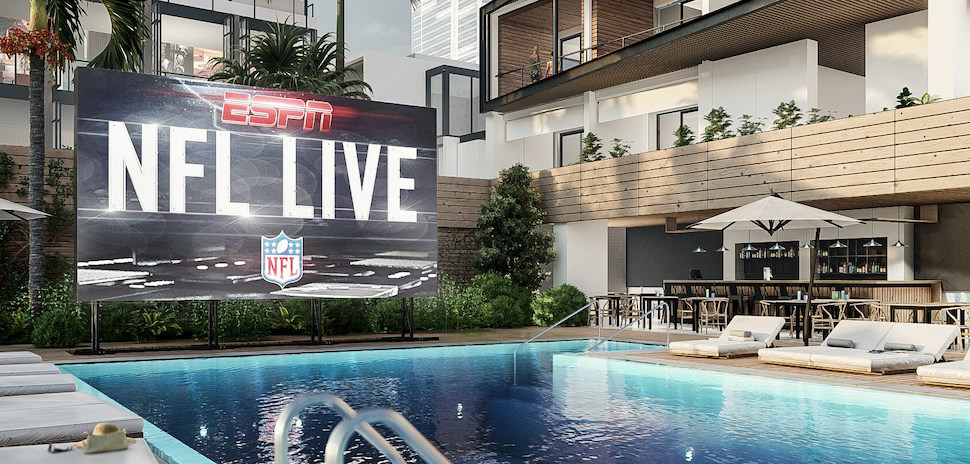Effective Tactics for Overcoming Temperature Challenges in Light Emitting Diode Wall Screens
Wiki Article
LED wall panels are progressively popular for various uses, including advertising, functions, and digital displays. Nevertheless, excess heat is a significant challenge that can affect their functionality and lifespan. When LED panels overheat, they may decrease in brightness, hue shift, or even fail entirely. Grasping the causes and applying efficient strategies to manage heat can help preserve the ideal function of LED wall screens. This piece will explore several approaches to address overheating issues associated with these devices.
One effective approach for stopping excess heat in LED panel screens is guaranteeing proper airflow. It is essential to place these panels in environments where atmosphere flow is adequate. This can be accomplished by positioning the screens in a properly aired space or utilizing blowers to improve airflow around the units. Additionally, if the panels are mounted in a confined area, establishing gaps or implementing air ducts can help dissipate heat more effectively. Maintaining a cooler surrounding heat level is vital, as it immediately impacts the performance and lifespan of LED wall panels.
Another way to address excess heat is through the application of heat control substances. These materials can help absorb, dissipate, or redirect heat away from the LED elements. Thermal sinks are frequently employed in many electronic devices, including LED screens. These metallic components draw heat away from the LED components, permitting them to function at a safer temperature. Additionally, thermal compound or pads can be applied to improve heat transfer between the LED elements and the thermal sinks, further boosting their cooling efficiency.

Regular care and oversight of LED panel screens also play a critical part in stopping overheating. Dust and debris can accumulate on the surfaces of these panels, obstructing airflow and holding heat. Consistent tidying, using appropriate tools, will ensure the screens free from blockages. Furthermore, tracking the heat level of the screens can help detect excess heat problems before they turn into critical. Using heat monitors can provide important information, enabling users to take remedial steps if the screens start to exceed safe operating temperatures.
The use of advanced technology can also help address overheating challenges in LED wall panels. Many modern LED panels come fitted with built-in heat control systems. These systems can instinctively modify the luminosity of the screen based on the heat level, reducing heat generation when necessary. Additionally, software solutions can track the performance of the navigate to this website screens and provide notifications if excess heat is detected. Using these tools can considerably improve the durability and reliability of LED wall panels.
In conclusion, managing excess heat in LED panel panels is essential for ensuring their performance and durability. Applying methods such as ensuring proper airflow, using thermal management materials, conducting regular maintenance, and employing advanced technology can help reduce excess heat challenges. By taking these preventive steps, users can enjoy the full advantages of LED wall panels while reducing the risk of temperature-related problems. This approach not only enhances the performance of the screens but also adds to a more eco-friendly and effective use of technology in various applications.